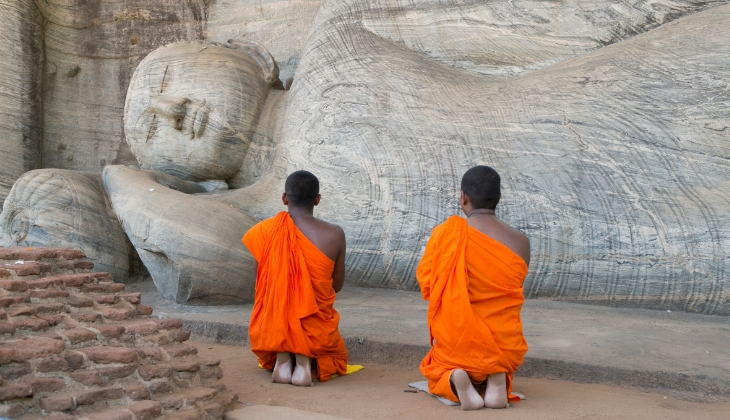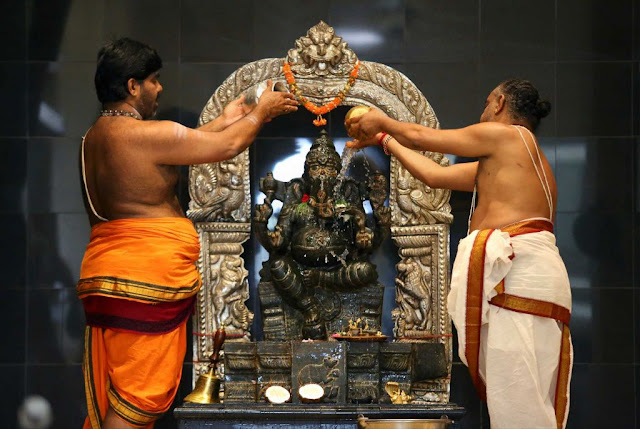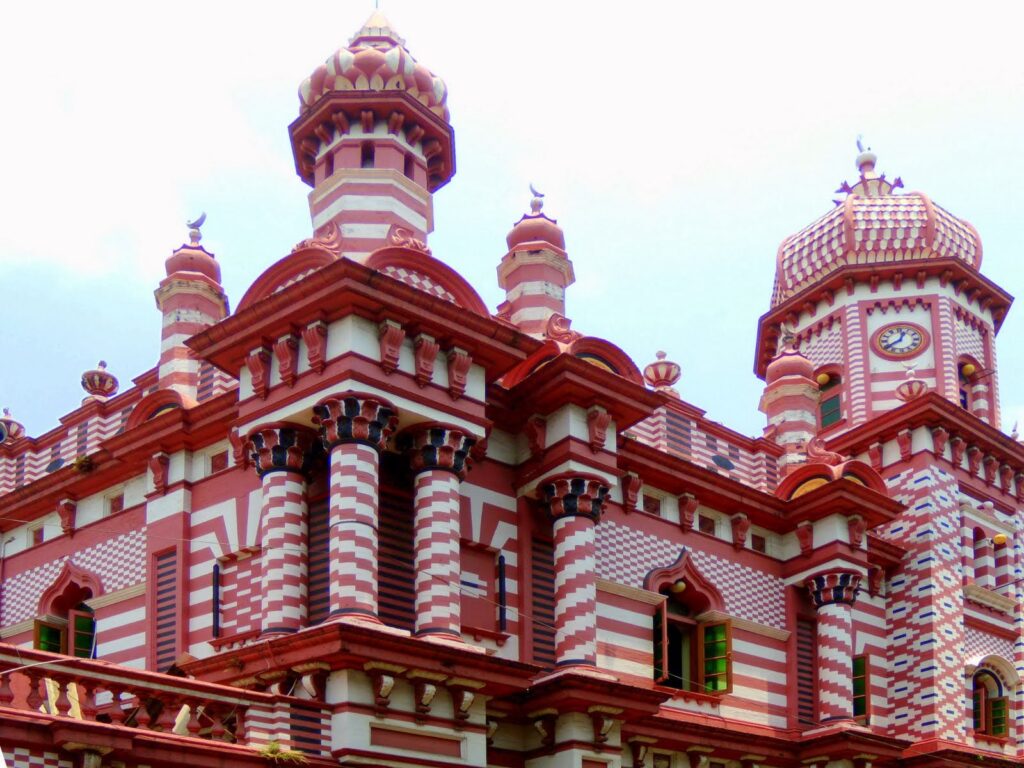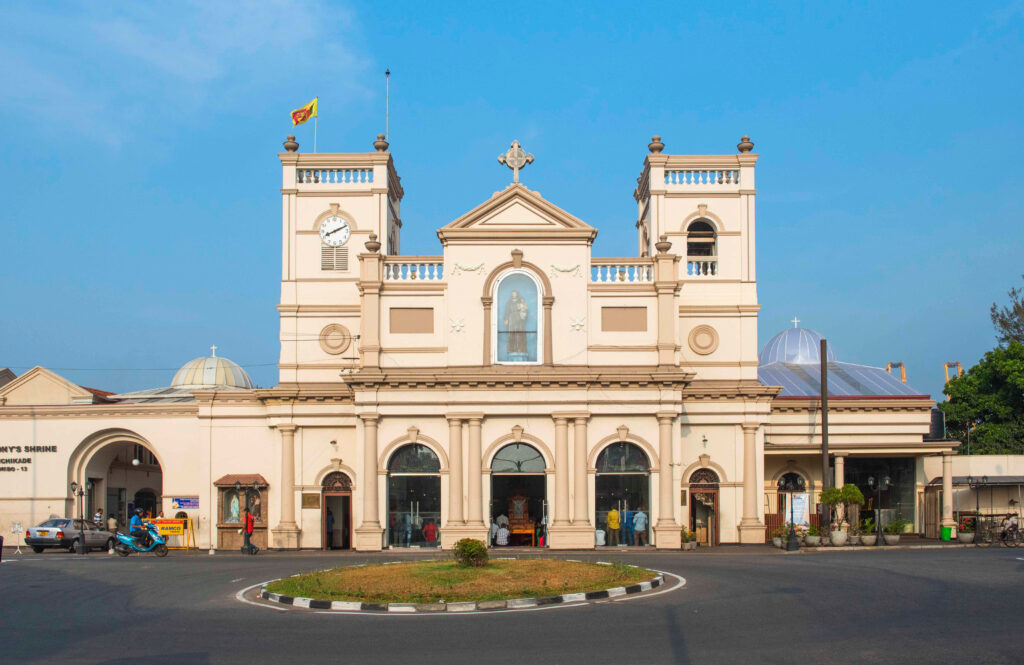
Sri Lanka, an island nation in the Indian Ocean, is home to a rich tapestry of cultural and religious traditions. With its long history of coexistence among various religious communities, the island is an exemplar of religious diversity. In this guide, we explore the major religions of Sri Lanka, their historical roots, and their role in shaping the country’s unique cultural landscape.
1. Buddhism: The Heart of Sri Lankan Spirituality
Buddhism is the dominant religion in Sri Lanka, practiced by about 70% of the population. The arrival of Buddhism in the 3rd century BCE, introduced by the Indian emperor Ashoka’s son, Mahinda, has deeply influenced the nation’s culture, philosophy, and art. Temples such as the Temple of the Tooth in Kandy and the Dambulla Cave Temple reflect the religious and cultural significance of Buddhism in Sri Lanka. Monasteries, meditation centers, and festivals like Vesak, marking the Buddha’s birth, enlightenment, and death, are central to the Buddhist identity of the island.

2. Hinduism: A Deep-Rooted Tradition
Hinduism has a long history in Sri Lanka, particularly in the Northern and Eastern regions, where Tamil communities have practiced it for centuries. Hinduism, brought to the island through ancient Indian influences, continues to be a major religion for about 12% of the population. Temples dedicated to Lord Shiva, Vishnu, and other deities dot the landscape, and festivals such as Thaipusam and Navaratri are celebrated with great fervor. The Kataragama Temple is one of the most important pilgrimage sites for Hindus, attracting thousands annually.

3. Islam: A Historic Presence
Islam, introduced to Sri Lanka in the 8th century through traders and travelers, is practiced by around 10% of the population. The religion has deeply integrated into Sri Lankan culture, with a blend of local traditions and Islamic practices. Mosques, such as the Jami Ul-Alfar Mosque in Colombo, are architectural landmarks of the Islamic faith in Sri Lanka. Ramadan and Eid celebrations are significant religious observances for Muslims on the island, and Sri Lankan Muslims have contributed significantly to the country’s diverse cultural fabric.

4. Christianity: A Colonial Legacy and Beyond
Christianity in Sri Lanka was introduced by Portuguese colonizers in the 16th century and further spread by Dutch and British colonization. Today, Christians make up around 7% of the population, with the majority being Roman Catholics. Churches, like the St. Lucia’s Cathedral in Colombo and the Our Lady of Madhu Shrine in the Northwestern region, are iconic symbols of Christianity. The Christian community actively participates in national life, and religious holidays such as Christmas and Easter are widely celebrated.

5. Interfaith Harmony and Challenges
Sri Lanka’s history is characterized by peaceful coexistence among its religious communities, with interfaith dialogue and cooperation playing a key role in the nation’s social fabric. However, like many other countries, Sri Lanka has experienced periods of tension and conflict among its religious communities. The civil war (1983-2009) exacerbated these tensions, but in recent years, efforts have been made to promote interfaith understanding and peacebuilding.
6. The Role of Religion in Sri Lankan Society
Religion plays a vital role in daily life, from social norms and customs to festivals and rituals. Religious spaces such as temples, mosques, and churches are not only places of worship but also centers of community life. The Sri Lankan government recognizes the importance of religious diversity, with a constitution that guarantees freedom of religion.
Conclusion
Sri Lanka’s religious diversity is a testament to its rich history and cultural heritage. The peaceful coexistence of Buddhism, Hinduism, Islam, and Christianity showcases the country’s commitment to tolerance and respect for different faiths. As the island nation continues to evolve, its religious traditions remain a vital part of its identity, shaping the lives of millions and offering a glimpse into a harmonious future.








